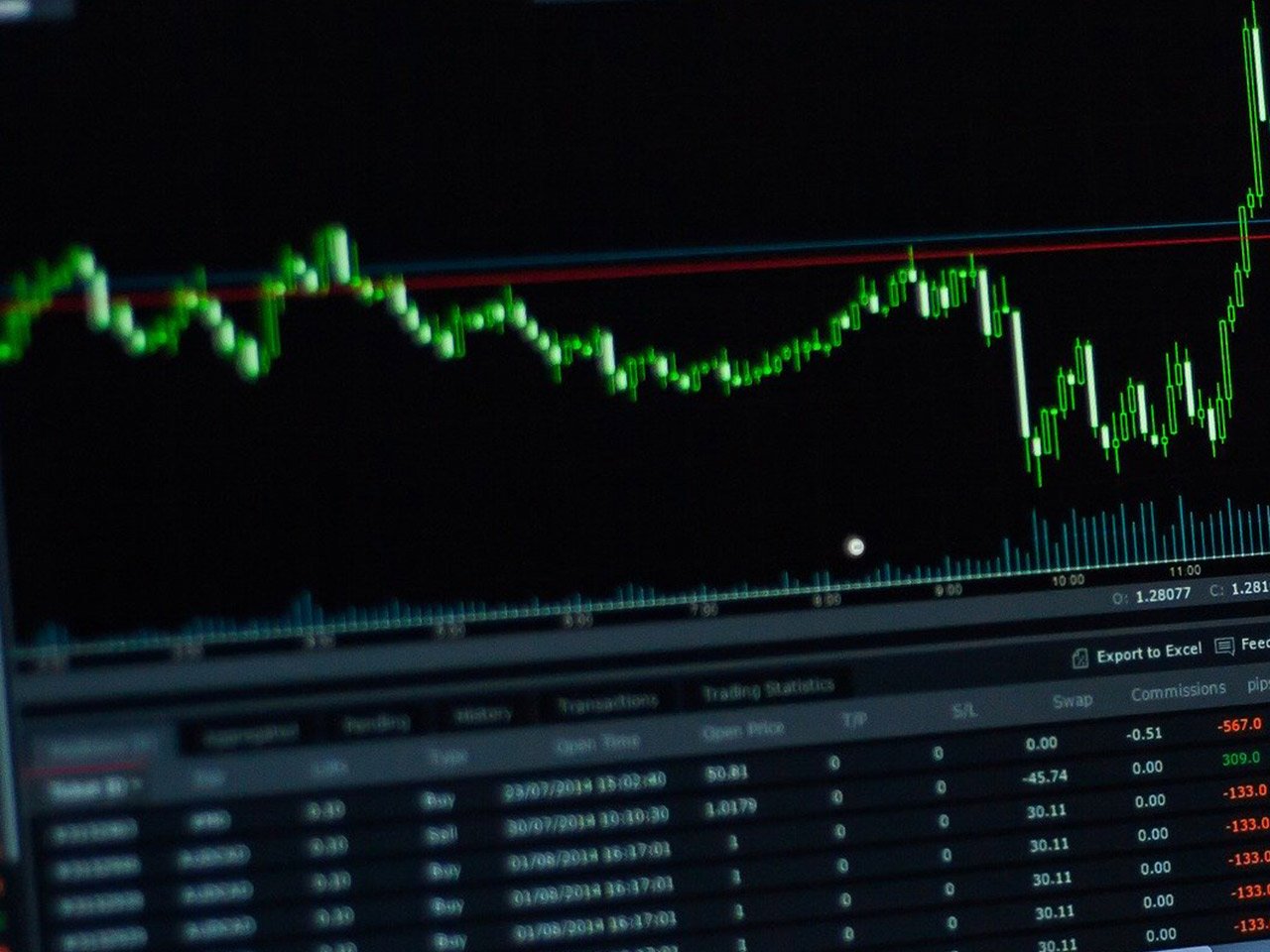Barclays PLC (BARC.L), a stalwart of the financial services sector, stands as a significant player in the diversified banks industry. With a market capitalisation of $50.87 billion, Barclays commands considerable influence both domestically in the United Kingdom and across global markets, including the Americas, Europe, Africa, the Middle East, and Asia. Founded in 1690, this financial institution has a rich history and a broad range of offerings, from retail banking to investment management.
Currently trading at 360.5 GBp, Barclays’ share price has reached the upper end of its 52-week range, which spans from 206.20 to 360.50 GBp. This suggests a period of robust recovery and investor confidence. The slight price change of 2.10 GBp (0.01%) indicates relative stability, a factor that can be appealing to investors seeking less volatile investments in the financial sector.
Despite a lack of trailing P/E, the forward P/E ratio stands at a staggering 711.52, which may raise eyebrows among investors. This high figure suggests market expectations of significant future earnings growth or perhaps reflects recent strategic investments that have yet to yield financial returns. The absence of other valuation metrics such as PEG, Price/Book, and Price/Sales ratios indicates a need for caution, as these figures typically provide essential insights into a company’s value relative to its earnings and sales.
Barclays’ performance metrics reveal a robust revenue growth of 9.70%, a positive sign for investors focusing on top-line expansion. The earnings per share (EPS) of 0.37 and a return on equity (ROE) of 8.98% further indicate efficient management of shareholder equity to generate earnings. However, the lack of net income and free cash flow data presents an incomplete picture of overall financial health and cash generation capabilities.
Investors looking for income will note Barclays’ dividend yield of 2.33% and a conservative payout ratio of 22.40%, suggesting the company maintains a healthy balance between rewarding shareholders and reinvesting in its business operations. This could appeal to those seeking both income and growth potential.
Analyst sentiment towards Barclays is predominantly bullish, with 12 buy ratings, 4 holds, and zero sell ratings. The average target price of 364.69 GBp suggests a modest potential upside of 1.16%, indicating that the stock may be fairly valued at present levels. However, with a target price range of 230.00 to 420.00 GBp, there is room for different outcomes based on market conditions and company performance.
On the technical front, Barclays’ 50-day moving average of 333.00 GBp and 200-day moving average of 291.25 GBp indicate a favourable trend over the medium and long term. The RSI (14) of 45.91 suggests the stock is neither overbought nor oversold, presenting a neutral stance. Additionally, the MACD of 7.73 against a signal line of 6.45 highlights a positive momentum in the stock’s price movement.
As Barclays continues to navigate the complexities of global financial markets, its diverse service offerings and strategic positioning provide a solid foundation. Investors must weigh the promise of revenue growth and stable dividends against the high forward P/E ratio and absent valuation metrics. With its deep-rooted history and expansive reach, Barclays remains a significant entity to watch in the financial services sector.







































